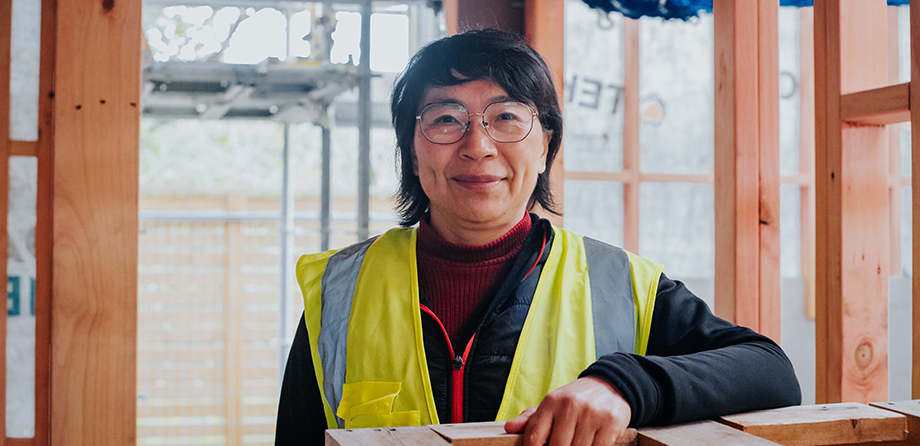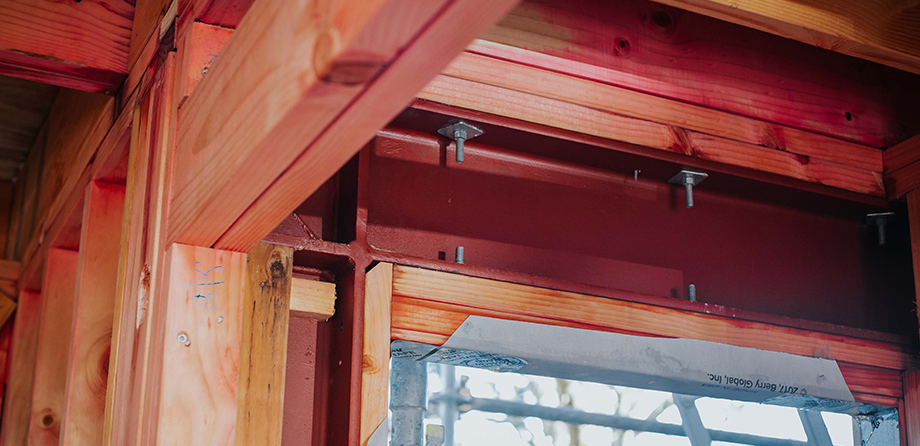Researchers celebrate engineering triumph that has made Kiwi homes stronger
The Earthquake Commission (EQC) is celebrating a triumph of research that has helped New Zealand homes become much stronger and could soon become part of many current building designs.
The engineering breakthrough stems back to the Canterbury earthquakes when BRANZ engineer Dr Angela Liu observed that new or architecturally-designed homes with mixed bracing had suffered significantly more damage than older traditionally built houses.

“You’d expect modern homes to be stronger, so it just didn’t add up and EQC supported me to investigate why these houses were so badly damaged,” says Dr Liu, who examined the causes for the substantially damaged houses by using existing testing data and carrying out desktop studies.
The results of her EQC-funded research identified the bracing issues and led to formal design guidance for specifically designed bracing systems in light timber-framed residential buildings, which was published in 2015.
Through Dr Liu’s perseverance in presenting her results to peers and at conferences, the 2015 guidance gradually became the informal compliance pathway for seismic design of houses with specifically designed bracing systems.
EQC’s Research Manager Dr Natalie Balfour says that the work by Dr Liu and her BRANZ team is a great example of how engineering research can have a real impact on the resilience of New Zealand homes.
“This is the reason why EQC invests in earthquake engineering research, as this science has a tangible impact on protecting New Zealand properties and people,” says Dr Balfour.

Dr Liu’s research is already having wide impact across the country, resulting in the building of stronger homes and providing greater resilience against damage from natural hazards.
“The 2015 EQC/BRANZ guidance has had wide impact, having been taken up by professional engineers and territorial authorities across the country,” says Dr Liu.
“In 2020 it was also used to develop the good practice document ‘Residential Portal Frames’ published by Engineering NZ and the Engineering General Practitioners Group. This has further helped the industry to make use of our guidance.”
It is also likely to feature in the NZS 3604 document that is used to design our homes and sets out the compliance pathway for many of New Zealand’s timber-frames buildings, which is currently in the process of being updated.
Dr Balfour says it is rare for research to be adopted into practice and compliance in such a short timeframe, due to the complexities and timing in connecting research to policy and practice.
“This is a great result for New Zealand, and it is our goal to continue to see natural hazard resilience embedded in all aspects of decision-making for our communities,” Dr Balfour says.
For more information, please watch the video below.